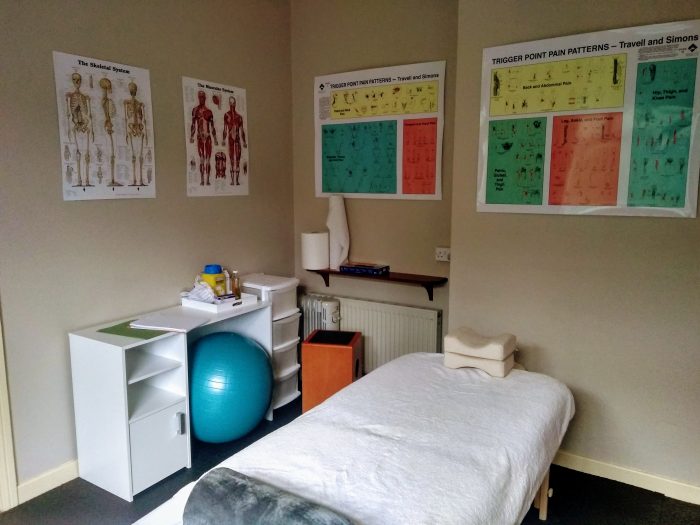Physical ED Physical Therapy
I believe a physical therapist’s mandate is not only to treat a patient but to teach them; to prevent, manage or rehabilitate their condition so as to achieve lasting results and health benefits. While hands on treatment is a very important part of physical therapy, the teaching component is equally as important. I aim to do my utmost to promote physical activity in my clients, reduce pain, restore function and prevent disability by both treating and teaching.
The various modalities used in treatment are outlined below. In terms of teaching though several factors can be considered. For example one’s movement quality, mobility, strength and endurance can all play a big part in pain and musculoskeletal dysfunction, as can environment factors like occupation, hobbies and sports. Merely treating symptoms without addressing the underlying causes will likely lead to a re-occurrence. However educating clients on what is causing their pain and giving them strategies to avoid or better deal with the causative factor is more likely to produce longer lasting results. This can come in the form of movement retraining and corrective exercise or indeed strength, mobility or endurance training if they are the limiting factors. For chronic conditions in particular, the teaching component of physical therapy is of the utmost importance.
Neuromuscular Physical Therapy
Neuromuscular Physical Therapy (NMT) is a methodology for assessing, treating and preventing musculoskeletal pain and dysfunction. It is used in the treatment of chronic and acute conditions and injuries where a number of different techniques can be used to achieve a therapeutic effect. NMT is science based and incorporates the work and research of a number of pioneers in the medical field including Janet Travel, David Simons, Leon Chaitow and Vladimir Janda among many others.
Orthopaedic sports massage
Orthopaedic sports massage is a speciality within the field of massage therapy that focuses specifically on assisting the training process. Getting regular bodywork can really aid the recovery from training, it can act as a preventative against injury and when injury occurs it can really help with the healing process and often lessen the time it takes to return to full fitness.
Dry needling
Dry needling is a common treatment technique in physical therapy. Although various dry needling approaches exist, the more common and best supported approach targets myofascial trigger points. It involves the use of a thin filiform needle to penetrate the skin and stimulate underlying myofascial trigger points, muscular, and connective tissues for the management of neuromusculoskeletal pain and movement impairments.
Corrective exercise
Working as a personal trainer for over 10 years has shown me the power of exercise in dealing with chronic and acute pain. As mentioned above, limitations in kinesthetic awareness, strength, mobility and endurance can all lead to musculoskeletal pain and dysfunction. While all these qualities can be assisted with manual therapies, exercise is an integral component of a fully functioning and pain free body.
